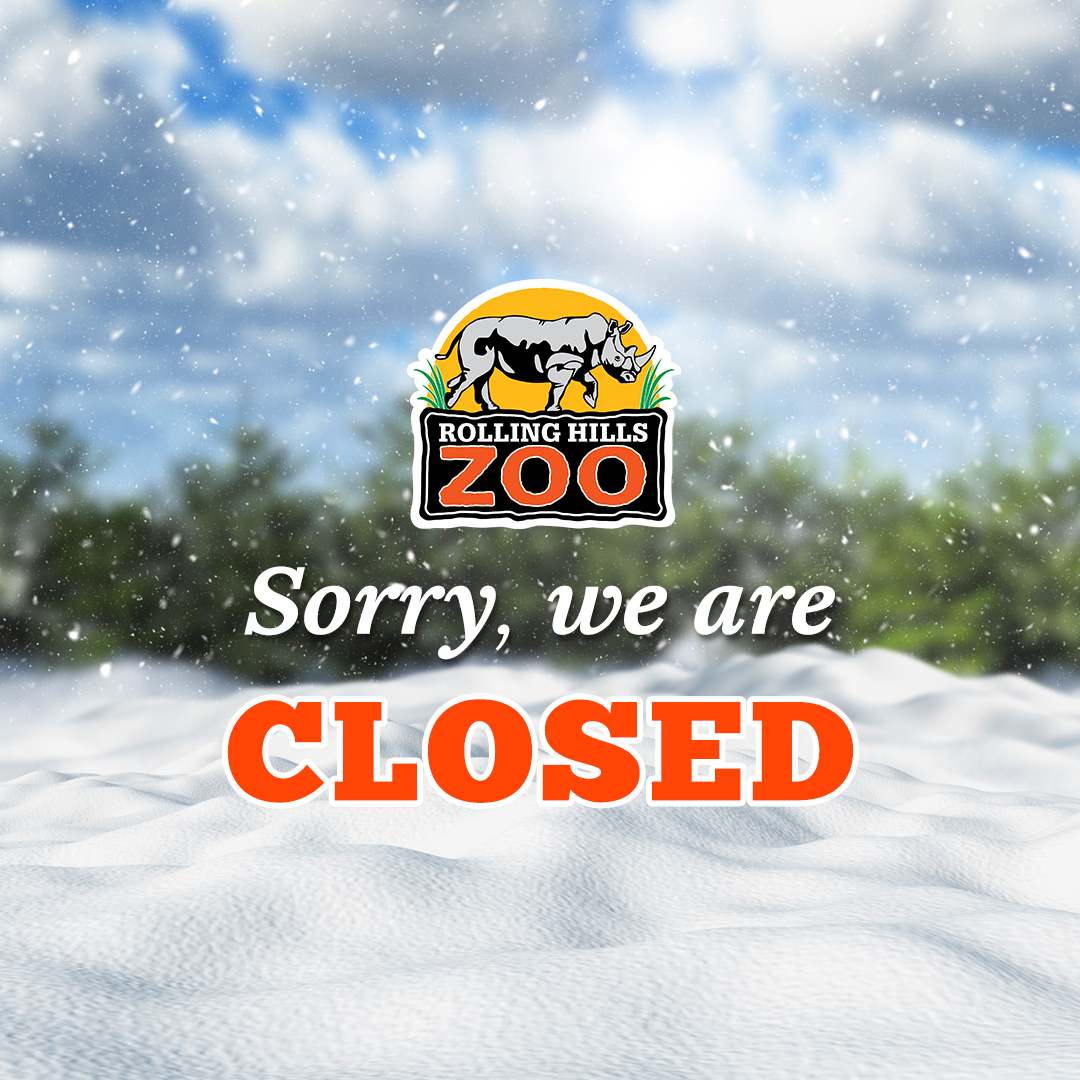- The challenges and considerations of zoo management during adverse weather conditions.
- The importance of maintaining a safe environment for both visitors and staff at zoos.
- The role of wildlife conservation efforts in zoo operations.
- The impact of temporary closures on zoo animals and community relationships.
- Strategies for effective communication with the public during unforeseen circumstances.
Managing the day-to-day operations of a zoo is a complex task that becomes even more challenging during adverse weather conditions. When a zoo faces the necessity of temporarily closing due to environmental obstacles, such as heavy snowfall, a multitude of factors must be considered to ensure smooth operations. This article explores the intricacies involved in such decisions, focusing on various aspects from safety to conservation.
Challenges in Zoo Management During Adverse Weather Conditions
Weather patterns can dramatically affect zoo operations. Snow and ice, for example, pose significant challenges. Clearing paths and parking lots might seem straightforward, yet the effort required extends beyond basic logistics. The accumulation of snow can obstruct visibility, making it difficult for staff to navigate. Icy conditions increase the risk of slips and falls, posing a hazard to both staff and potential visitors.
Furthermore, weather extremes can impact infrastructure. Prolonged exposure to cold temperatures can lead to damage to enclosures or heating systems, requiring immediate attention to prevent harm to both animals and structural integrity. Operational challenges such as these necessitate careful planning and efficient response strategies, ensuring the zoo can reopen safely and swiftly once conditions improve.
Maintaining Safety for Visitors and Staff
The safety of both visitors and staff is a top priority for any zoo. Clearing walkways and parking areas is a vital measure, particularly following severe weather events. This endeavor is not only about removing obstacles but also ensuring pathways are adequately treated to prevent ice formation.
Training staff in safety protocols becomes essential during such situations. Staff must be equipped to identify potential hazards and understand procedures for addressing them. Regular communication updates between zoo management and employees ensure everyone is well-informed and prepared to tackle the challenges posed by extreme weather. Resources are allocated to prevent accidents and promptly manage any incidents that might occur.
Role of Wildlife Conservation and Zoo Operations
Zoos have a pivotal role in wildlife conservation, which continues irrespective of temporary closures. Conservation efforts are integrated into daily zoo operations, ensuring animals’ needs are consistently met. Adverse weather increases the urgency to adapt strategies, such as modifying feeding schedules or enhancing habitat conditions.
Maintaining a suitable environment requires zoos to innovate and respond to weather-related challenges swiftly. For instance, heated enclosures and proper insulation are critical for species not accustomed to cold climates. Moreover, the focus on conservation extends to educating the public about the importance of protecting species, even during periods when visitor access is restricted.
Impact of Temporary Closures on Animals and Community Relationships
Closure of a zoo, although temporary, can have a ripple effect on both animals and the surrounding community. Animals are accustomed to certain routines, including interactions with visitors. A sudden change can alter their behavior, necessitating interventions to ensure their psychological well-being. The absence of visitors might lead to increased stress or changes in social dynamics within animal groups.
Community relationships are also crucial. Zoos are not just attractions but also serve as education and conservation hubs. Extended closures can hinder community engagement and educational efforts. Consistent communication, such as updates via social media, helps maintain a connection with the community, keeping them informed about conservation initiatives and the zoo’s status.
Effective Communication Strategies with the Public
Transparent and timely communication is vital when unforeseen circumstances lead to zoo closures. Informing the public about operational changes and the reasons behind them fosters trust and understanding. Employing multiple communication channels, such as social media, email newsletters, and press releases, ensures the message reaches a broad audience.
Providing clear information about expected reopening dates and efforts underway to address the situation demonstrates the zoo’s commitment to public safety and animal welfare. Having a robust communication plan prepares zoos to manage inquiries effectively and maintain a positive relationship with their visitors and the wider community.
In conclusion, managing a zoo in adverse weather conditions involves careful planning and swift action on multiple fronts. By prioritizing safety, enhancing conservation efforts, and fostering open communication, zoos can navigate these challenges effectively, ensuring a safe and enriching experience for both animals and humans alike.
*****
Source Description
Well it is taking longer than expected to clear the paths and parking lot for the safety of our guests and staff, so we will remain closed through Thursday, January 9th. We, and the animals, look forward to welcoming you back to the zoo in the coming days!


